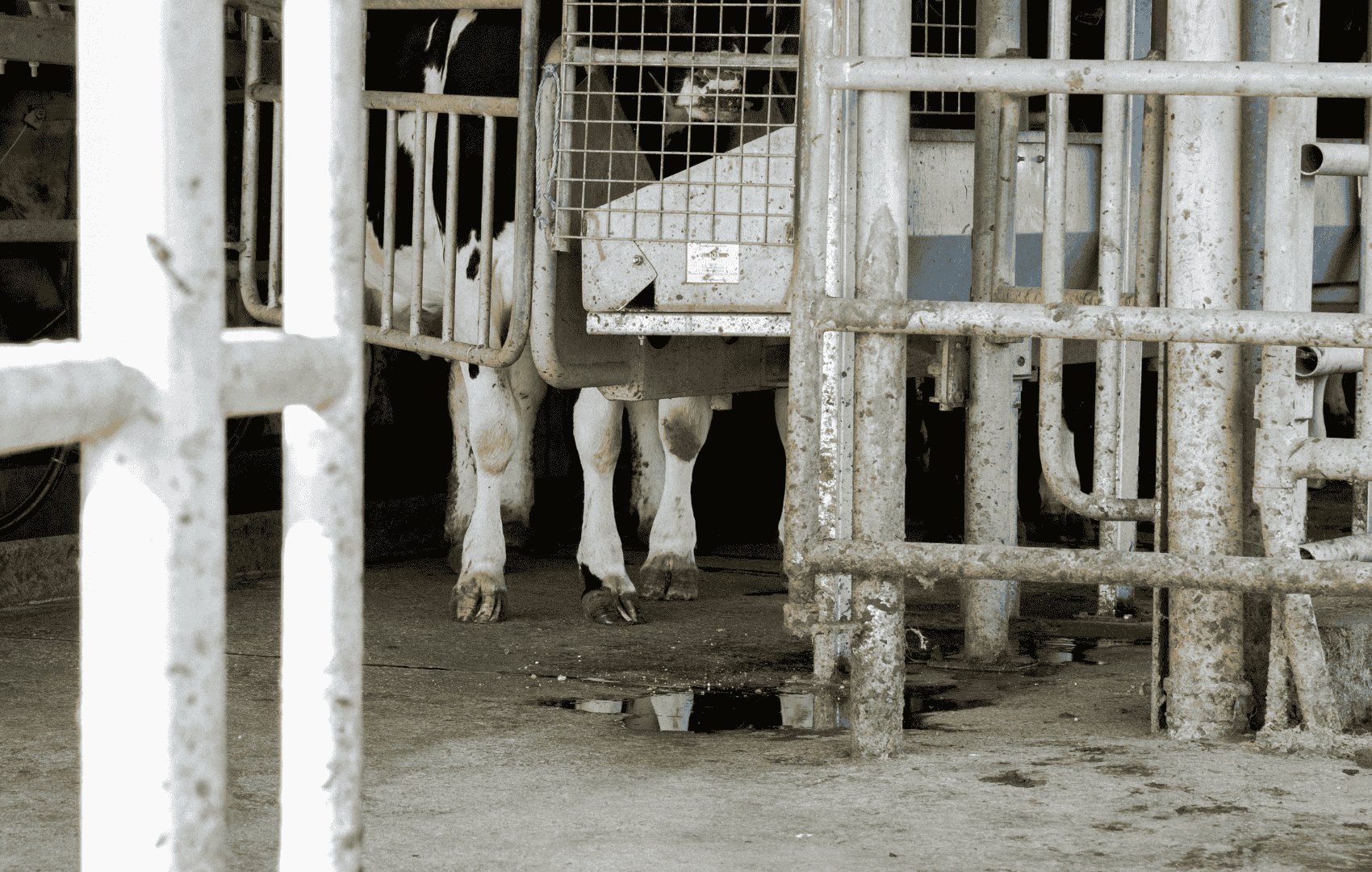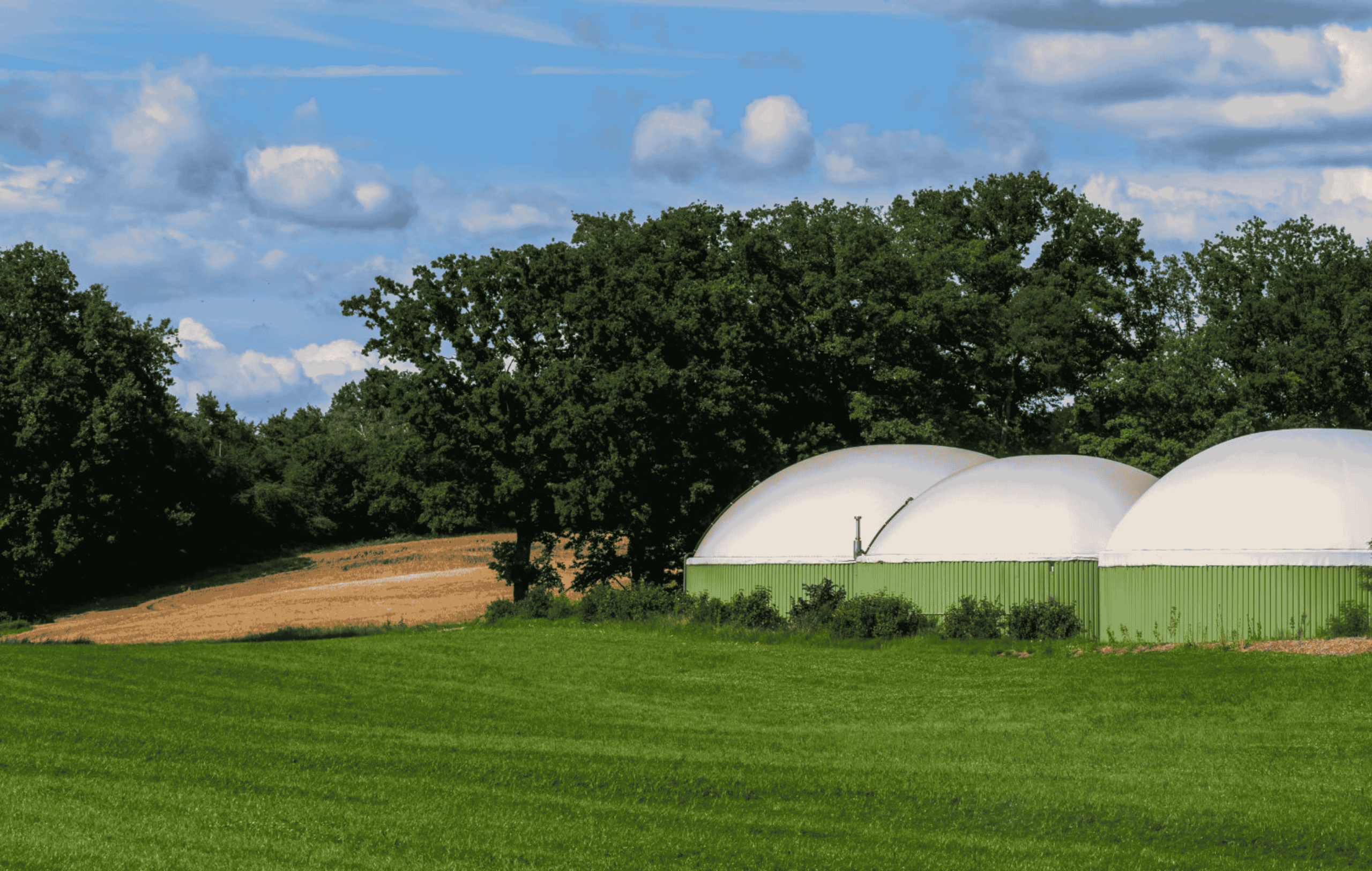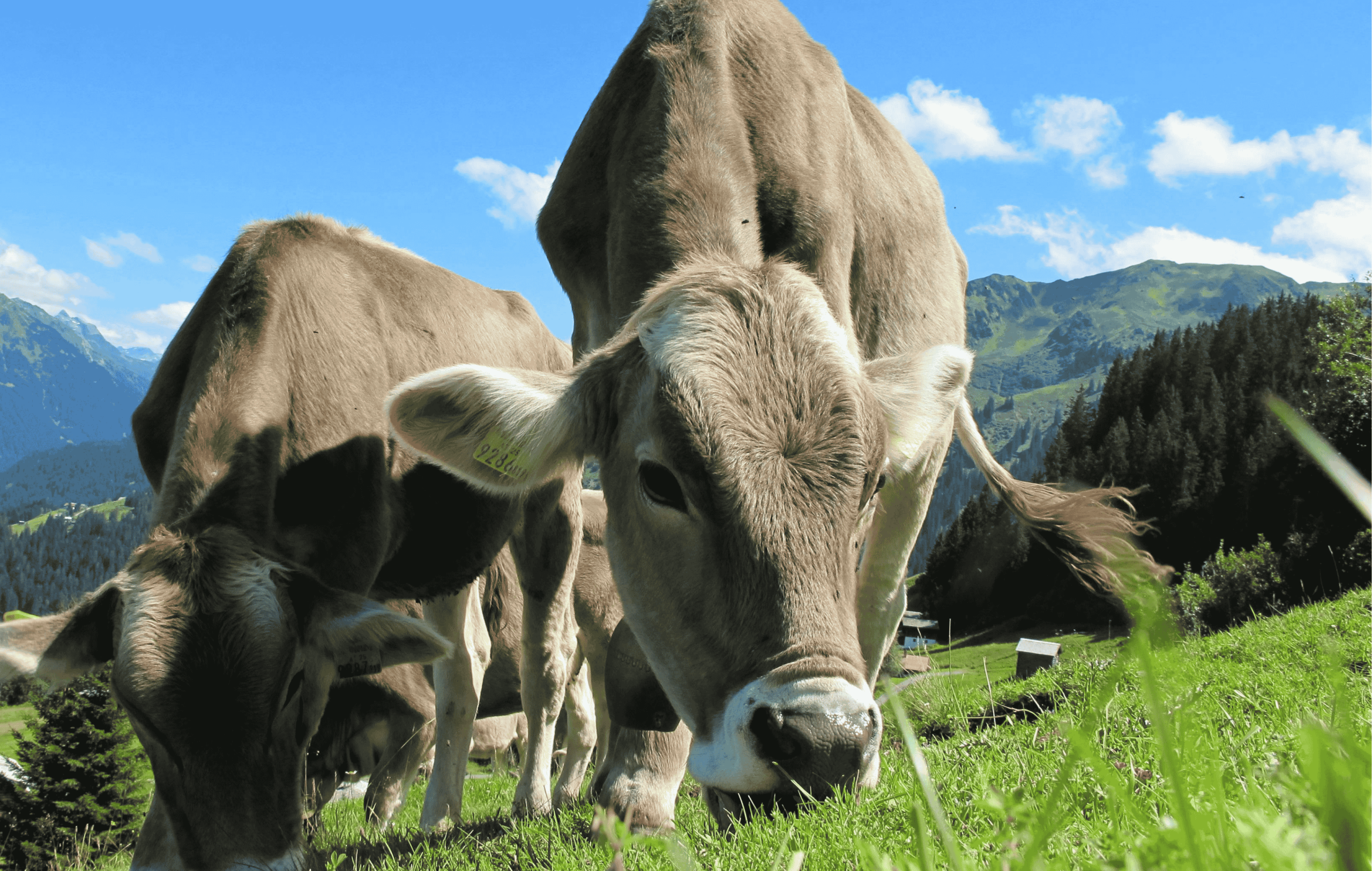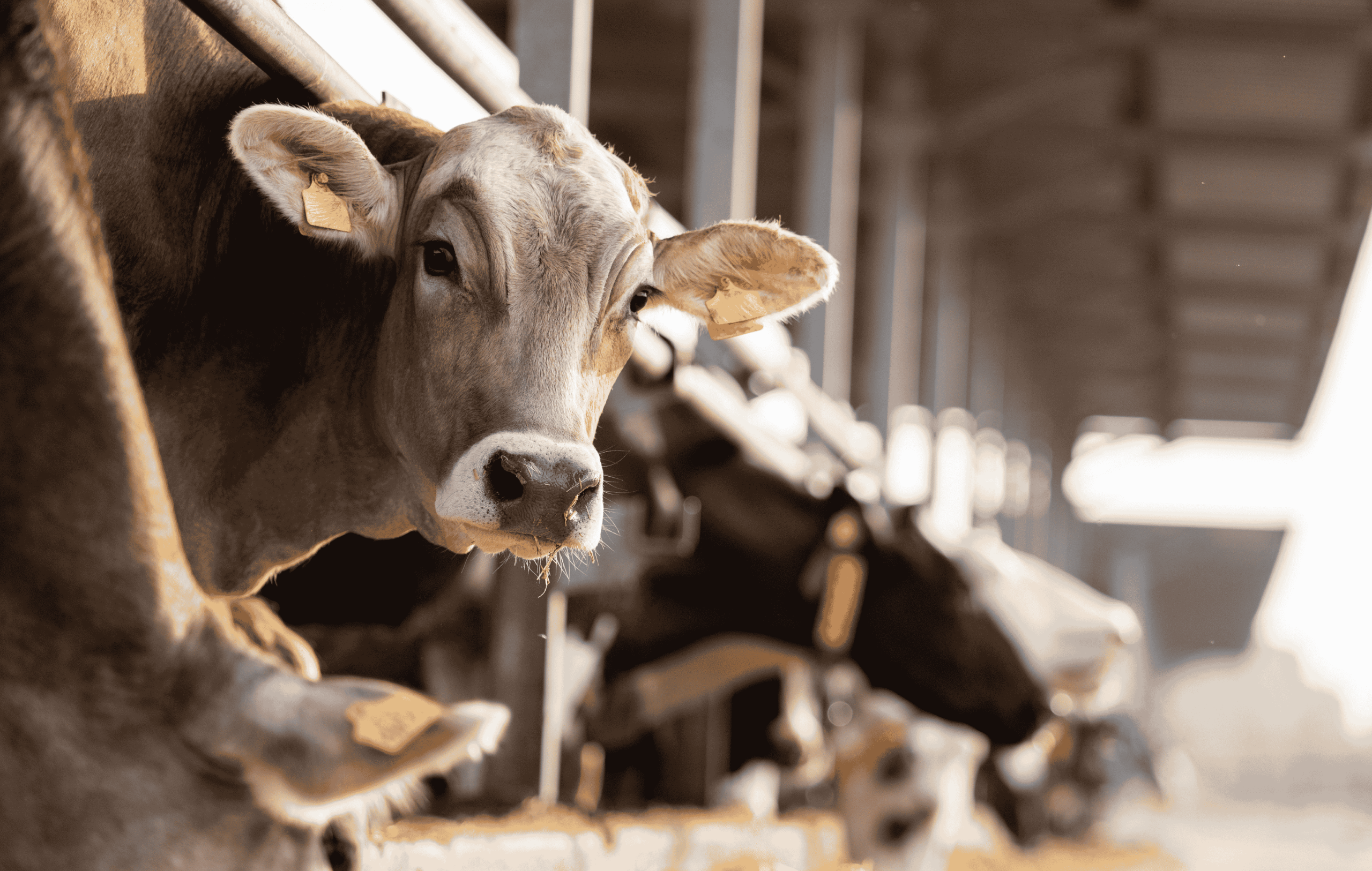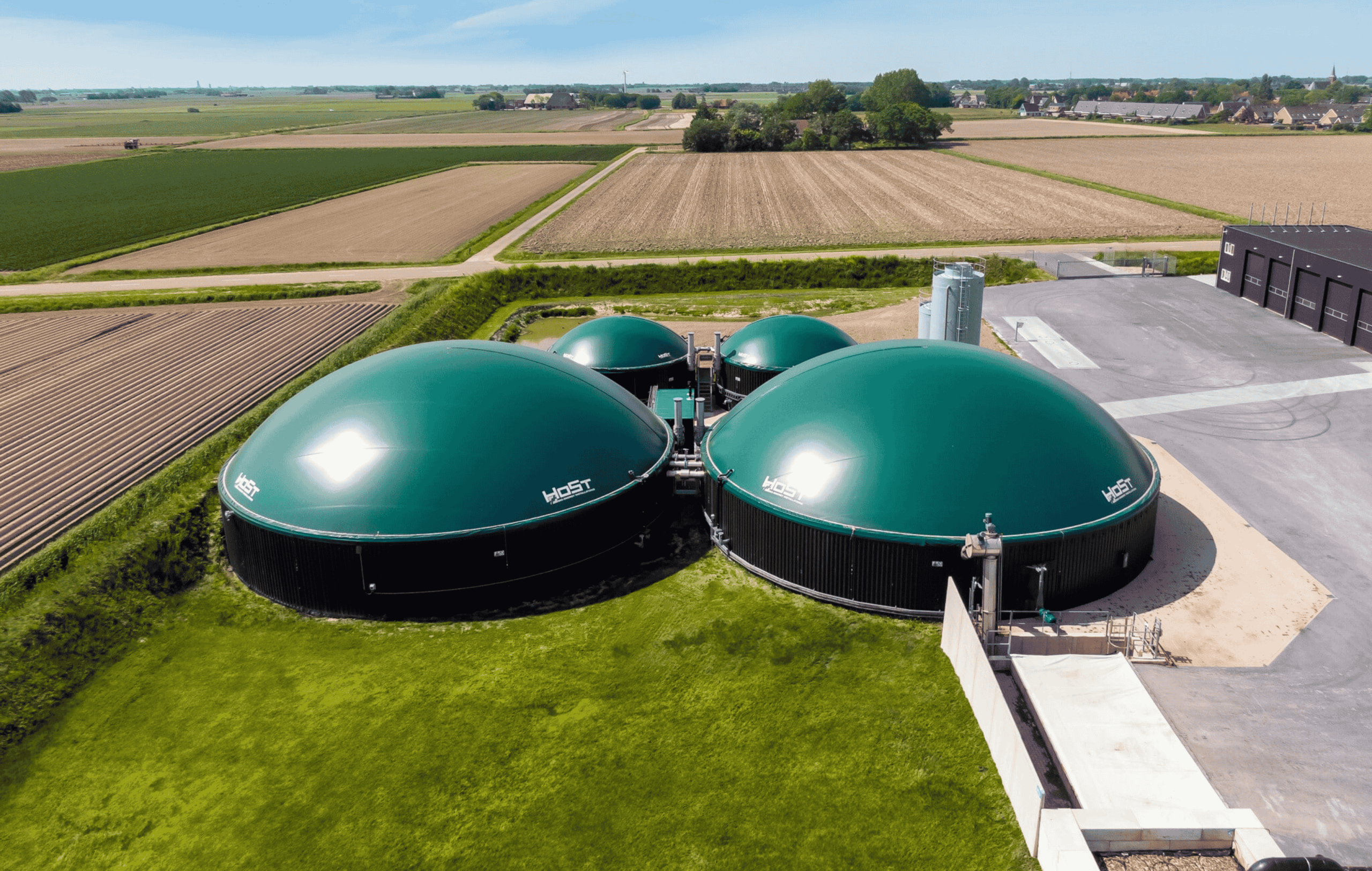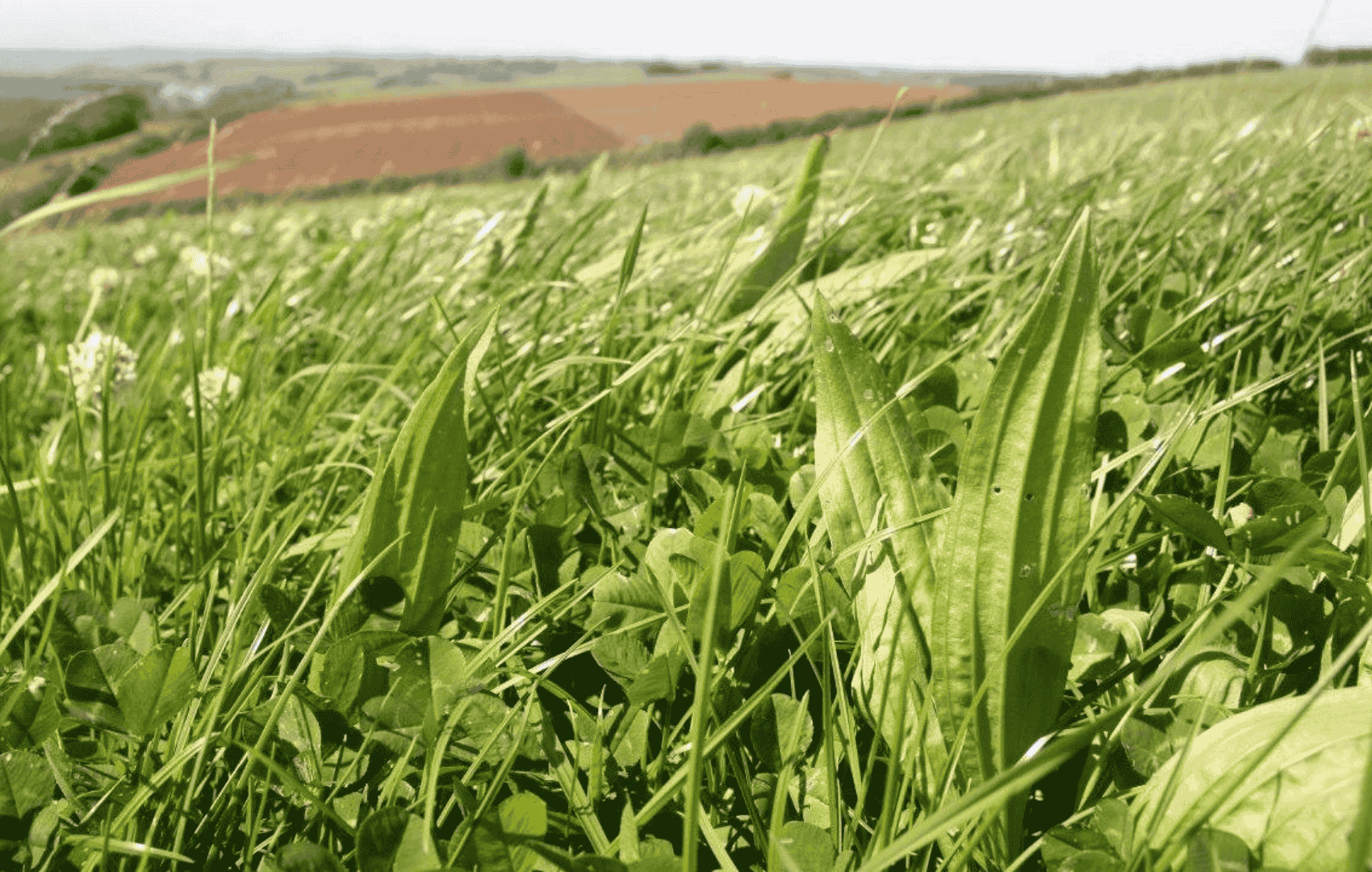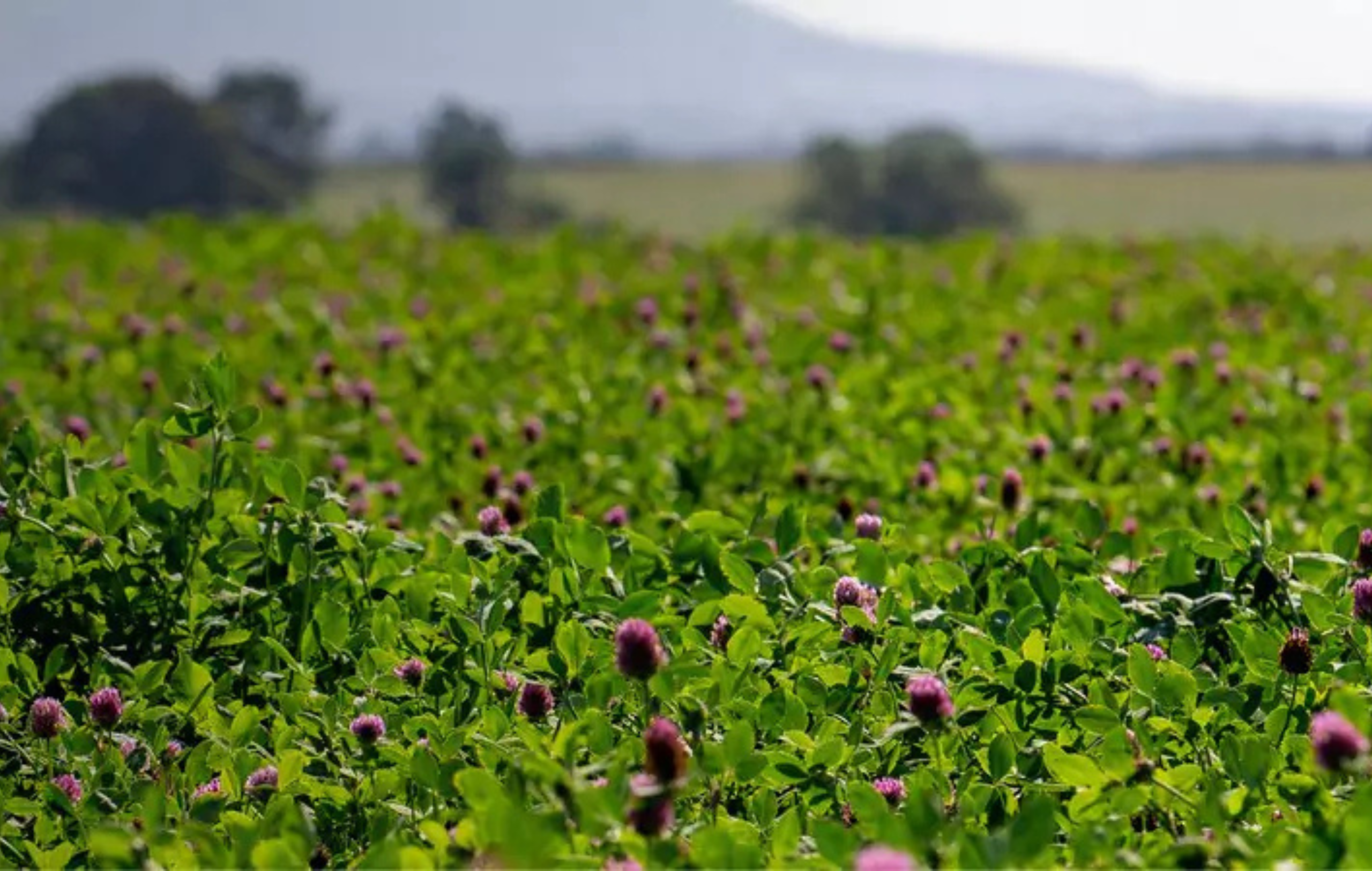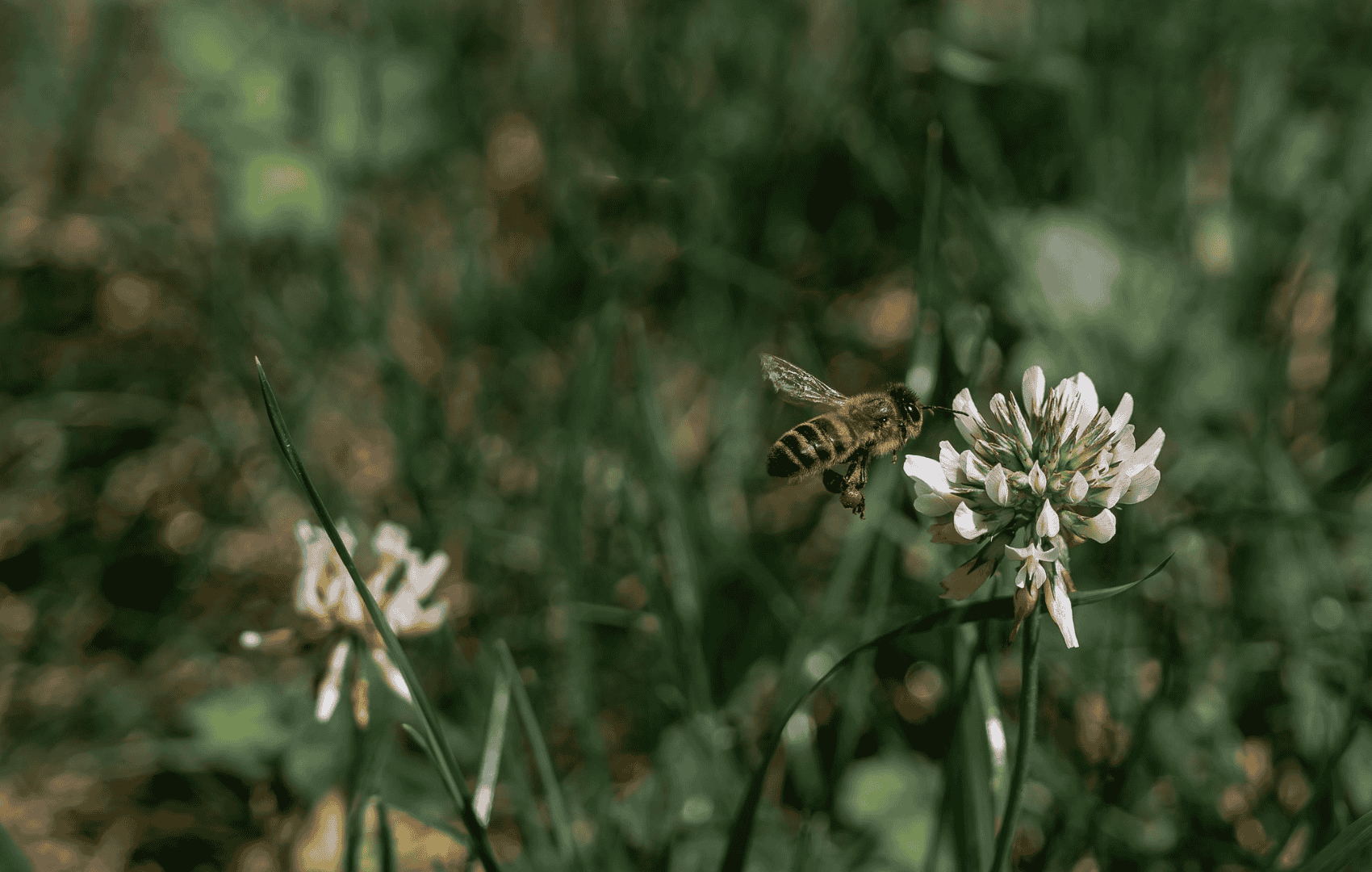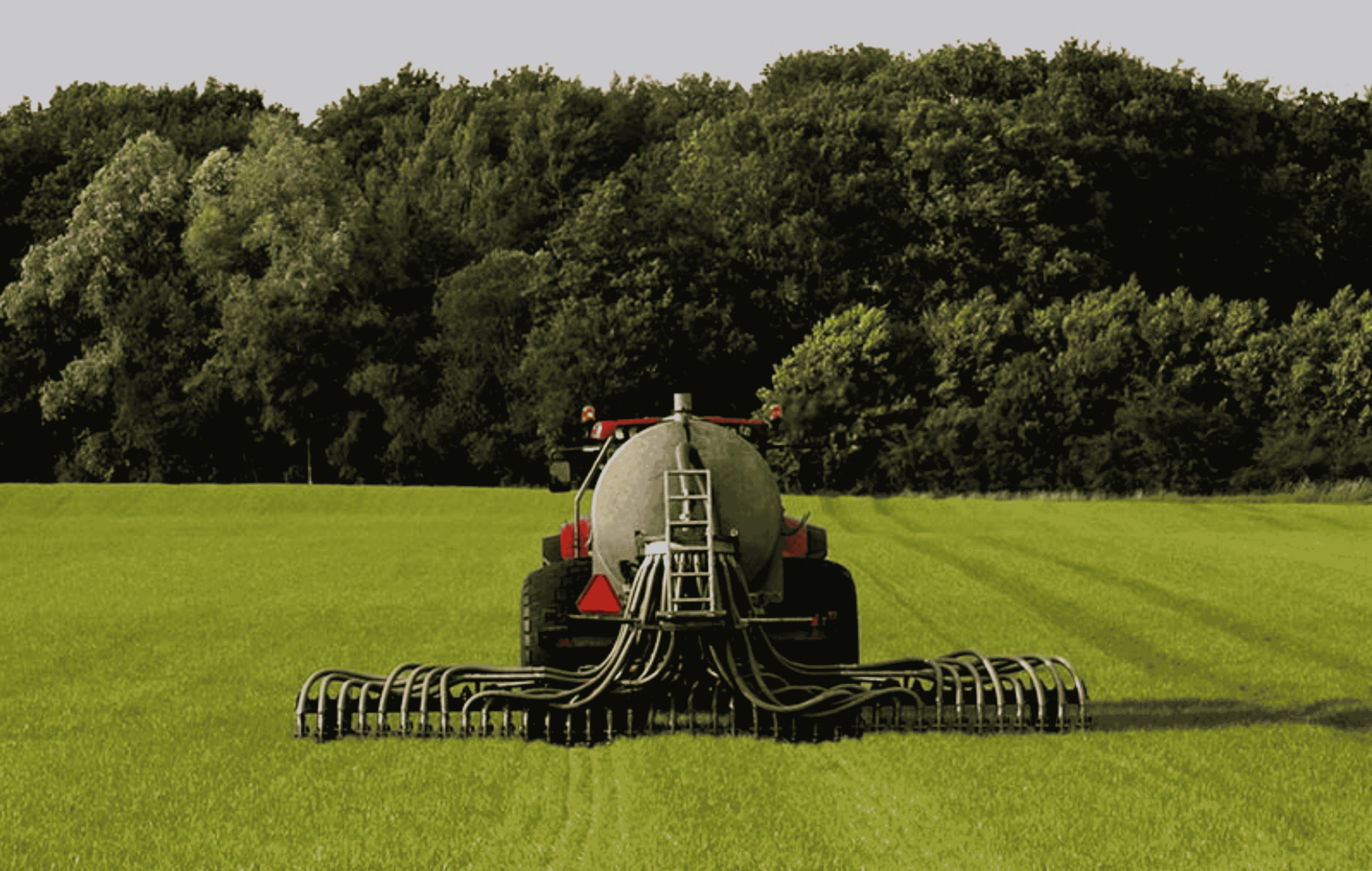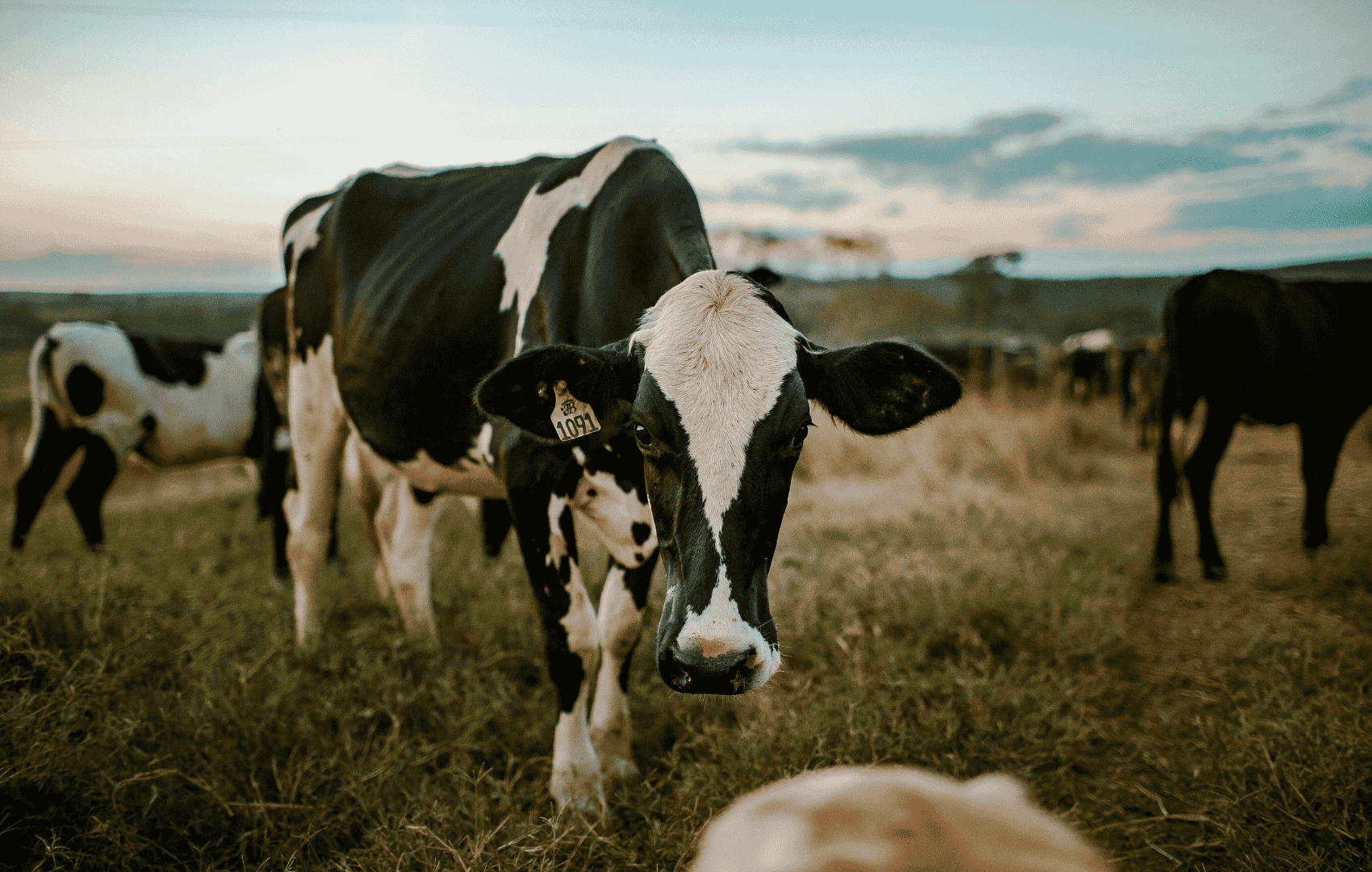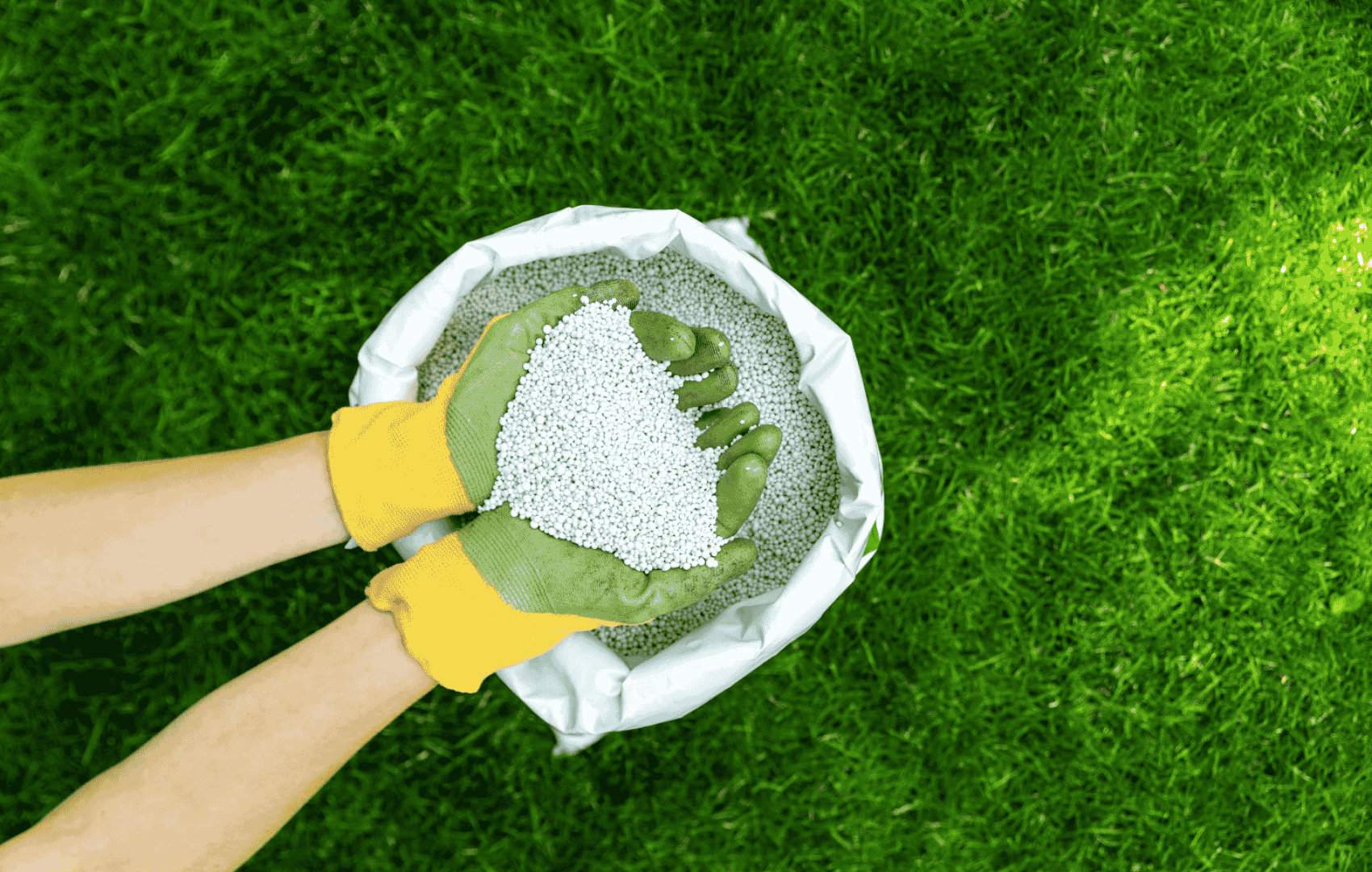Genetic Selection
Some cows emit less methane than others, without any drop in yield.
Genetic selection helps farmers breed lower-emission, more efficient dairy herds over time.
The Climate Issue
Every cow is different. Some eat more feed, some walk more kilometres, and some produce more milk solids per kilogram of intake. That efficiency also affects methane.
On average, two cows eating the same diet can emit different levels of greenhouse gases. Less efficient cows produce more methane and waste more energy per litre of milk. These small differences, multiplied across a herd, shape the farm’s carbon footprint.
Yet for years, breeding decisions were made mostly on yield and fertility. Emissions weren’t measured, and low-emission cows were not prioritised. That’s now changing.
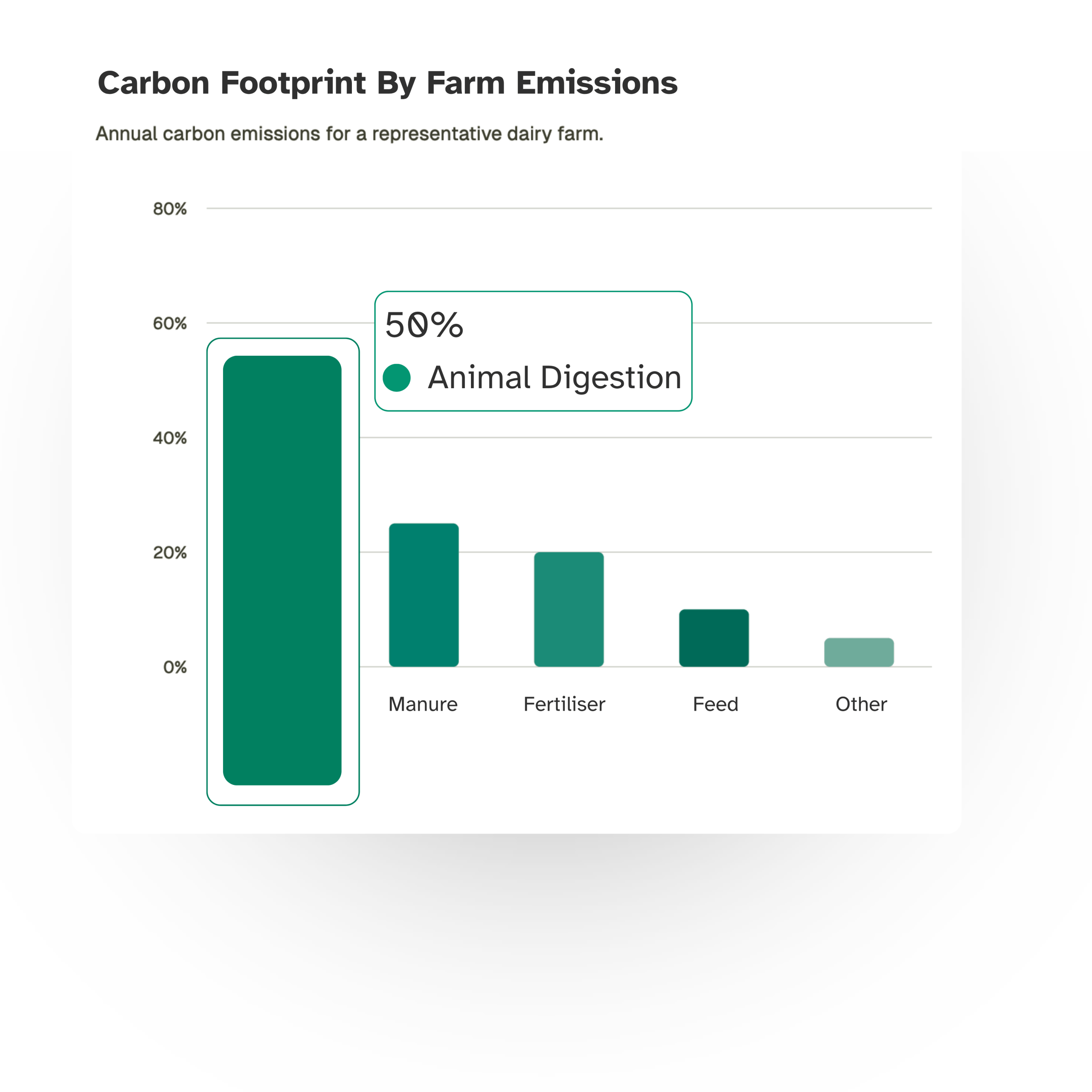
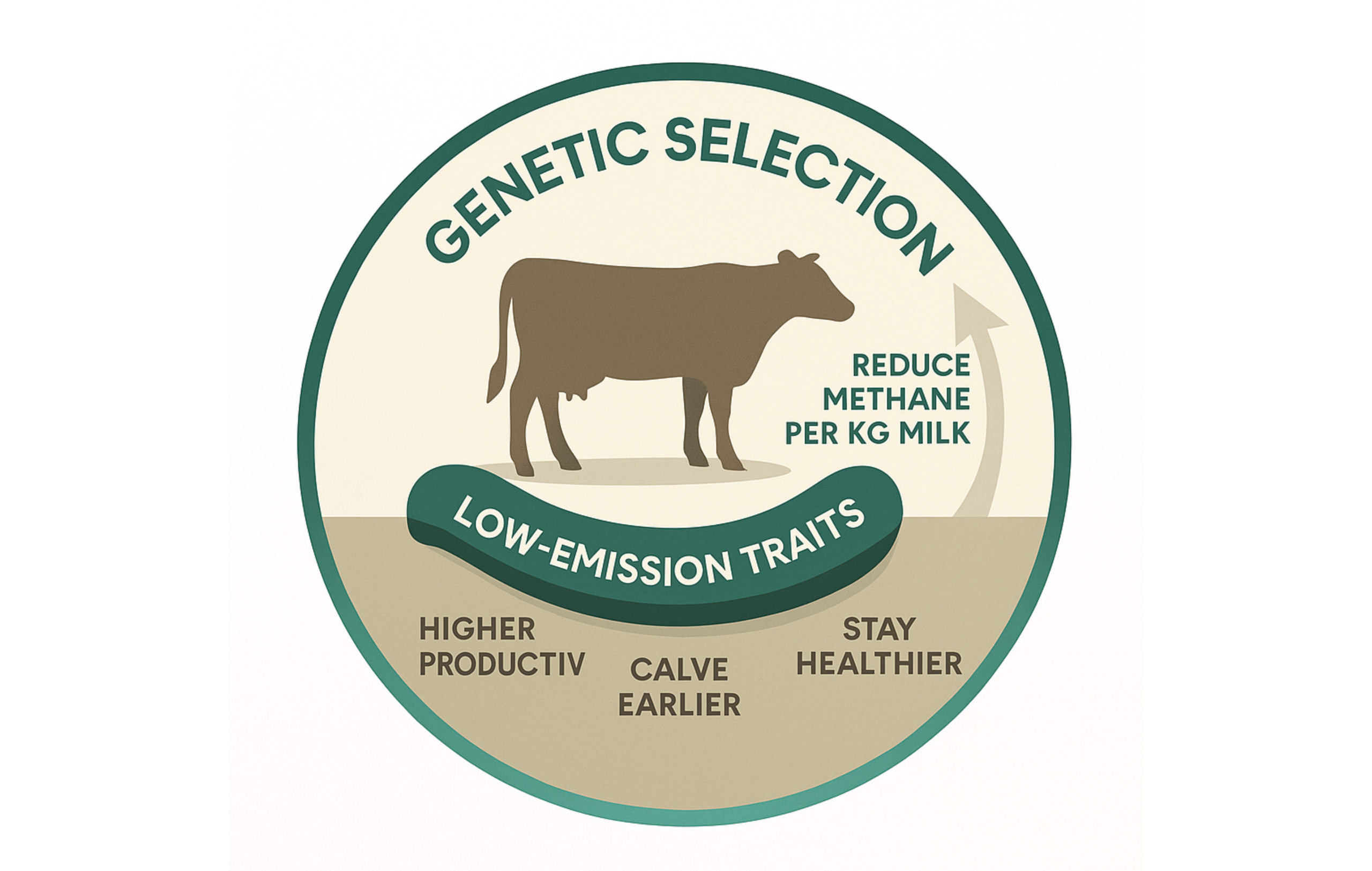
The Solution: Genetic Selection
Key Benefits with Genetic Selection
Lower Emissions
Each new generation emits slightly less methane per kg milk. That adds up over years – helping farms hit targets without changing feed or housing.
Lifetime Efficiency
Less nitrogen lost means more available for crops. Protected Urea helps you get more from every kilogram applied, improving yields and reducing input needs over time.
No Extra Cost
Genetic improvement comes with no additional daily costs. It builds into your existing breeding plan and delivers both performance and climate benefits.
Impact of doing Genetic Selection
- Cut enteric methane by 10–15 % over 10 years
- Improve feed conversion by 2–4 %
- Reduce GHG per litre of milk by 0.03–0.06 kg CO₂-eq
- Deliver €50–€90/year more per cow in performance gains

|
Scenario
|
Genetic Focus
|
Net Gains / 100 cows
|
GHG Emissions
|
% GHG Reduction
|
|---|---|---|---|---|
|
Low Genetic Focus |
€135 EBI |
- |
0.960 kg CO₂-eq/kg milk |
0% kg CO₂-eq/kg milk |
|
Medium Genetic Focus |
€175 EBI |
€3, 500 |
0.934 kg CO₂-eq/kg milk |
2.7% kg CO₂-eq/kg milk |
|
High Genetic Focus |
€210+ EBI + CH₄ Index |
€7 ,800 |
0.900 kg CO₂-eq/kg milk |
6.3% kg CO₂-eq/kg milk |
Considerations
Long Term Strategy
Genetic gains are not instant. It takes several years and consistent breeding to see a measurable drop in emissions. But once achieved, gains are permanent and cumulative.
Data & Index Use
System Fit
Low-emission genetics work best when supported by strong management. To maximise gains, ensure your system supports high-efficiency cows with good feed, health, and grazing infrastructure.
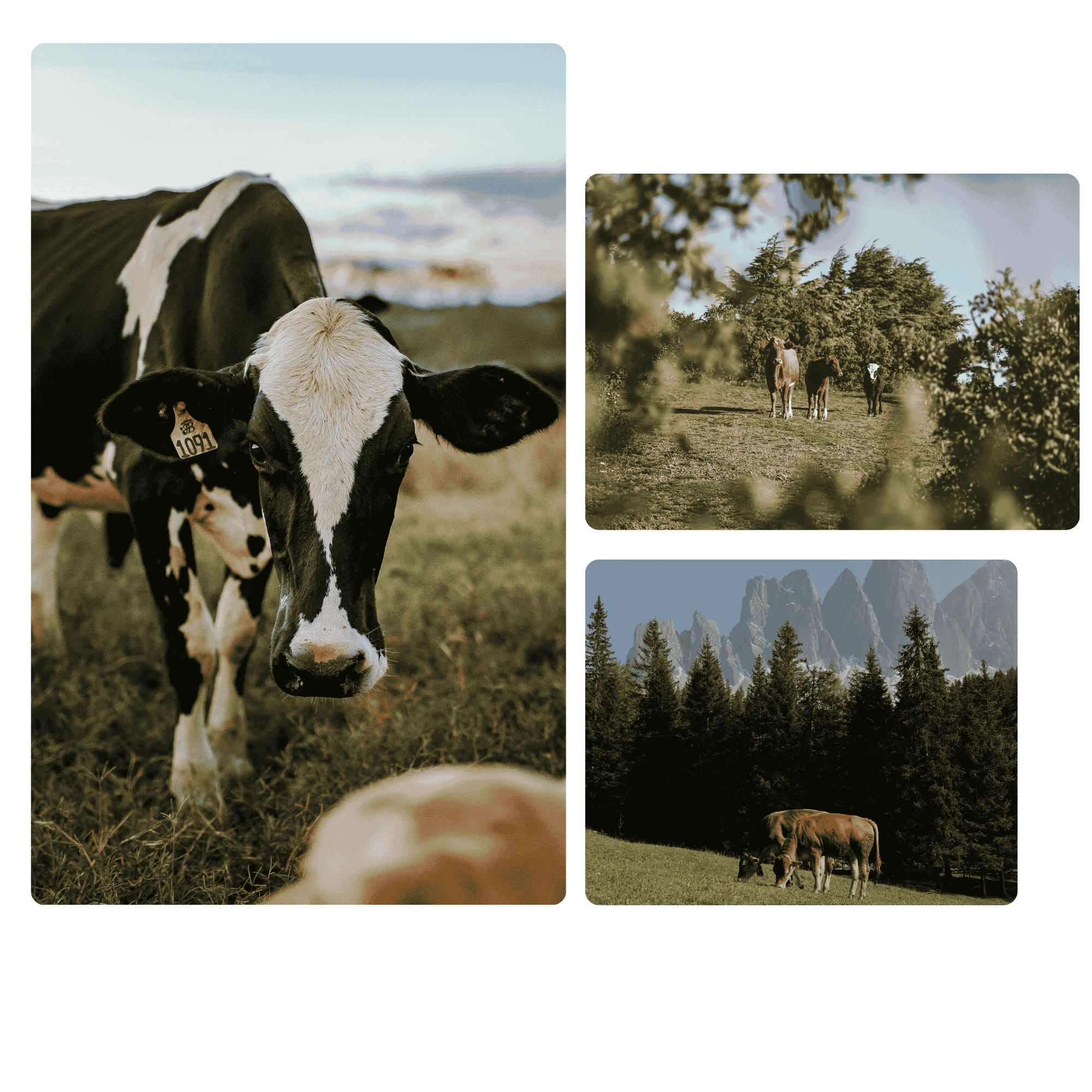
Implementation
1. Use high-EBI bulls. Select sires ranked highly for fertility, solids, and environmental efficiency. Over time, your herd performance will shift.
2. Track your herd. Use ICBF tools to monitor cow efficiency and emissions traits. Focus on high-performing replacements and cull low-efficiency animals.
3. Stay consistent. Genetic gains compound. Maintain a high-quality breeding programme each year to maximise climate impact by 2030 and beyond.
Behind the Research
ODOS Tech was founded by Cian White and Alejandro Vergara, two sustainability specialists with deep expertise in agricultural climate action.
Alejandro (left), a PhD in environmental engineering from University College Dublin, helps farmers measure their carbon footprint and implement mitigation strategies to reduce their impact. Cian (right), a researcher at Trinity College Dublin with a PhD in ecology, works on restoring nature to increase biodiversity on farms using satellite imagery to monitor habitats.
Together, they helped lead the carbon and nature-based work for the Farm Zero C project at Shinagh Farm, one of Europe’s first net-zero dairy pilots. In 2020, they launched ODOS, a platform that built smart, science-based tools to help agri-food businesses protect the environment and restore nature.
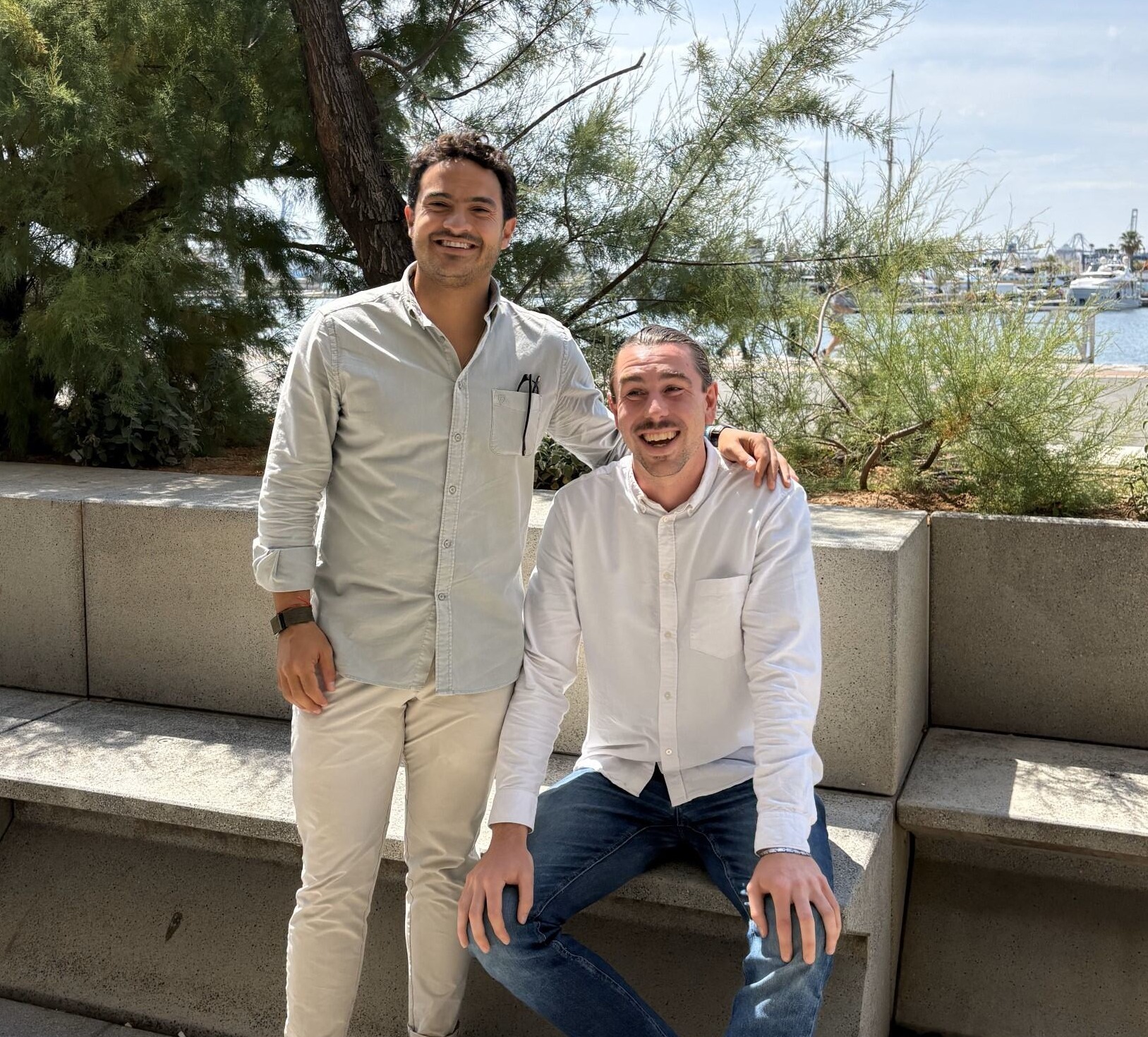
Research
Teagasc & ICBF EBI Studies
Joint research shows that each €10 increase in EBI reduces emissions per kg milk by 0.5-1.0 %. Top herds using genetic selection outperform on both emissions and profitability.
Farm Zero C Pilot
At Shinagh Farm, herd selection using high EBI and feed-efficiency traits showed strong reductions in emissions intensity without changing feed or infrastructure.
IPCC & Breeding Guidance
The IPCC identifies breeding for lower emissions intensity as a long-term climate strategy. Combined with feed and manure strategies, it offers a scalable path to reduce livestock climate impact.
Discover other Strategies
Slurry Acidification
Slurry acidification reduces fertiliser demand and cuts emissions by up to 5% during storage and spreading.
Slurry Treatment
Treating slurry with hydrogen peroxide cuts emissions by up to 4% and reduce methane by up to 80% during storage.
Slurry Cover
Covering slurry stores cuts emissions by up to 5% and saves €3,600 over 50 hectares per year by reducing synthetic fertiliser use.
Extending Grazing Season
Extending the grazing season cuts emissions by up to 2.7% and boosts milk revenue by nearly €3,000 per farm.
Antimethanogenic Feed Additives
Antimethanogenic feed additives cut methane emissions by up to 28% and cost €6975 per 93 cows annually.
Grass Biorefinery
Grass biorefineries replace soy protein, save €3,000 in feed costs, and cut emissions by 8.9%.
Anaerobic Digestion
Sending slurry to anaerobic digestion can cut emissions by up to 9.4% and generate up to 400 MWh of energy per year.
Multispecies Swards
Switching to multispecies swards cuts emissions by up to 8.8% and saves €4,400 in fertiliser across 50 hectares.
Red Clover Silage
Using red clover silage cuts emissions by up to 8.2% and saves €2,000 in fertiliser across 20 hectares.
White Clover Silage
Incorporating white clover silage cuts emissions by up to 7.8% and saves €4,500 in fertiliser costs over 50 hectares.
Low Emission Slurry Spreading
Low-emission slurry spreading cuts ammonia by 60% and saves €45/h in fertiliser costs.
Genetic Selection
Genetic selection for high-EBI cows cuts emissions by up to 6.3% and boosts gains by €7,800 per 100 cows.
Protected Urea
Switching to protected urea cuts fertiliser costs and lowers emissions by up to 5.6% per kg of milk.
Ready to reduce emissions through Genetic Selection?
Talk to our Carbon Footprint & Biodiversity experts on how we can help.


